Amar Hussain
Amar Hussain
Senior Content Contributor
866 Published Articles
Countries Visited: 63U.S. States Visited: 9
Amar is an avid traveler and tester of products. He has spent the last 13 years traveling all 7 continents and has put the products to the test on each of them. He has contributed to publications incl...
Edited by: Keri Stooksbury
Keri Stooksbury
Editor-in-Chief
70 Published Articles 3693 Edited Articles
Countries Visited: 54U.S. States Visited: 28
Editing with Upgraded Points for over 6 years, as editor-in-chief, Keri manages the editorial calendar and oversees the efforts of the editing team and over 20 content contributors, reviewing thousand...
& Kellie Jez
Kellie Jez
Director of Operations & Compliance
6 Published Articles 1294 Edited Articles
Countries Visited: 10U.S. States Visited: 20
Kellie’s professional experience has led her to a deep passion for compliance, data reporting, and process improvement. Kellie’s learned the ins and outs of the points and miles world and leads UP’s c...
![The Ultimate Guide to Visiting the White House in Washington, D.C. [Includes Virtual Tour]](https://upgradedpoints.com/wp-content/uploads/2020/04/White-House-on-Sunny-Day.jpg?auto=webp&disable=upscale&width=1200)
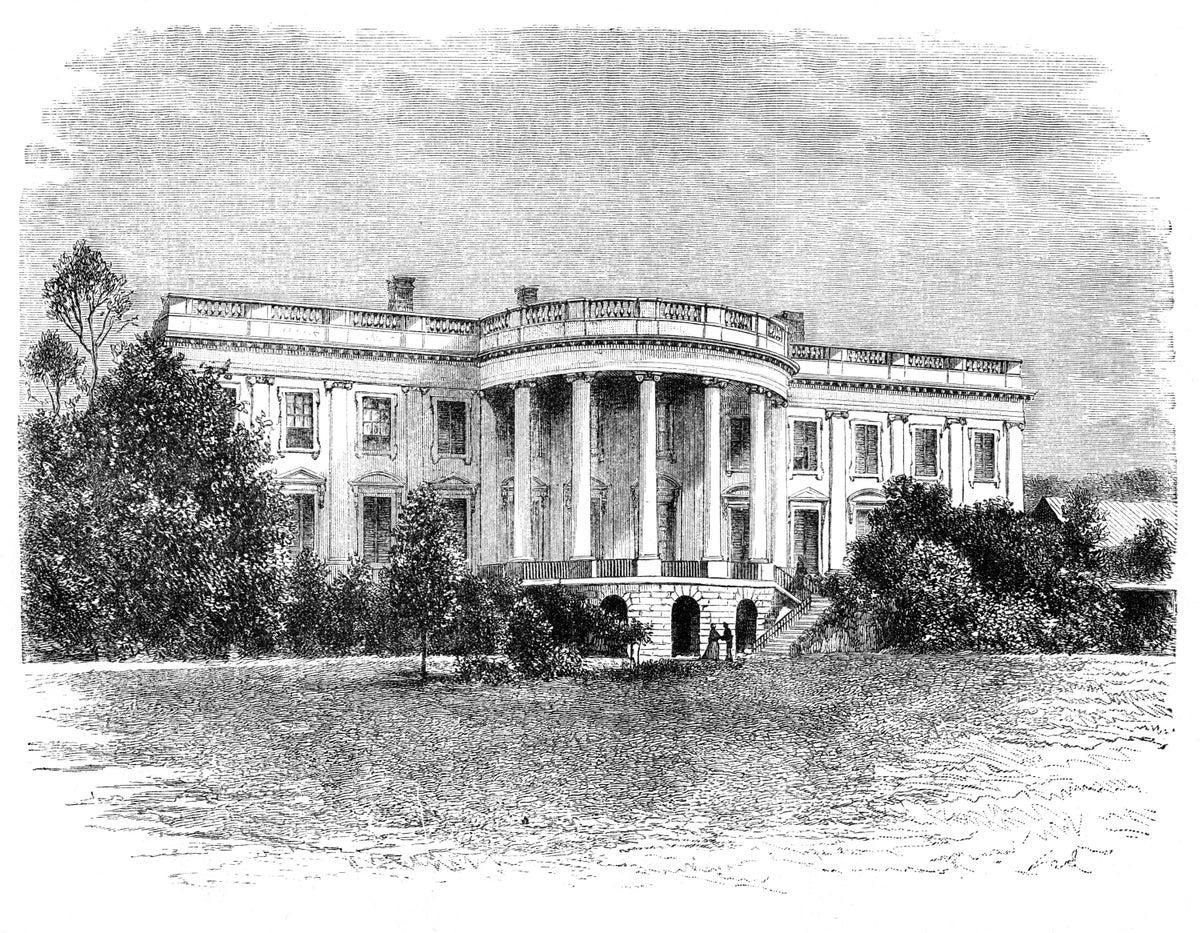
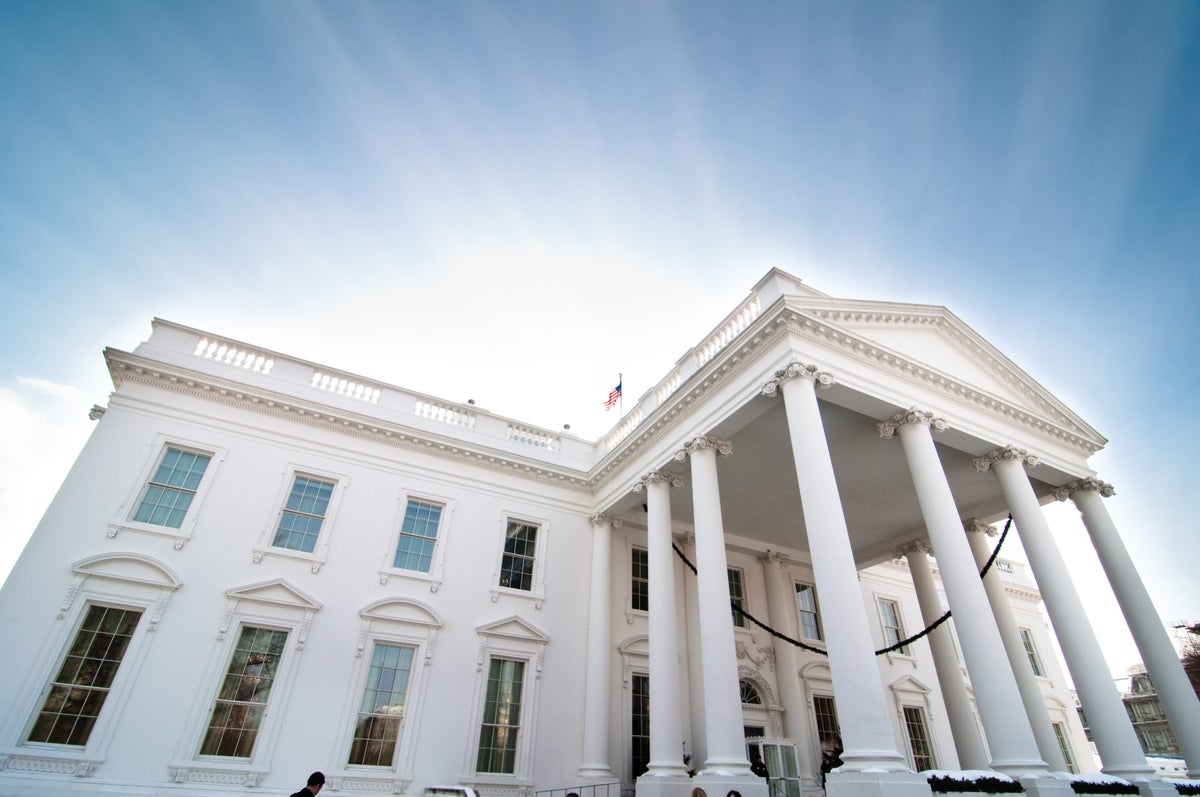
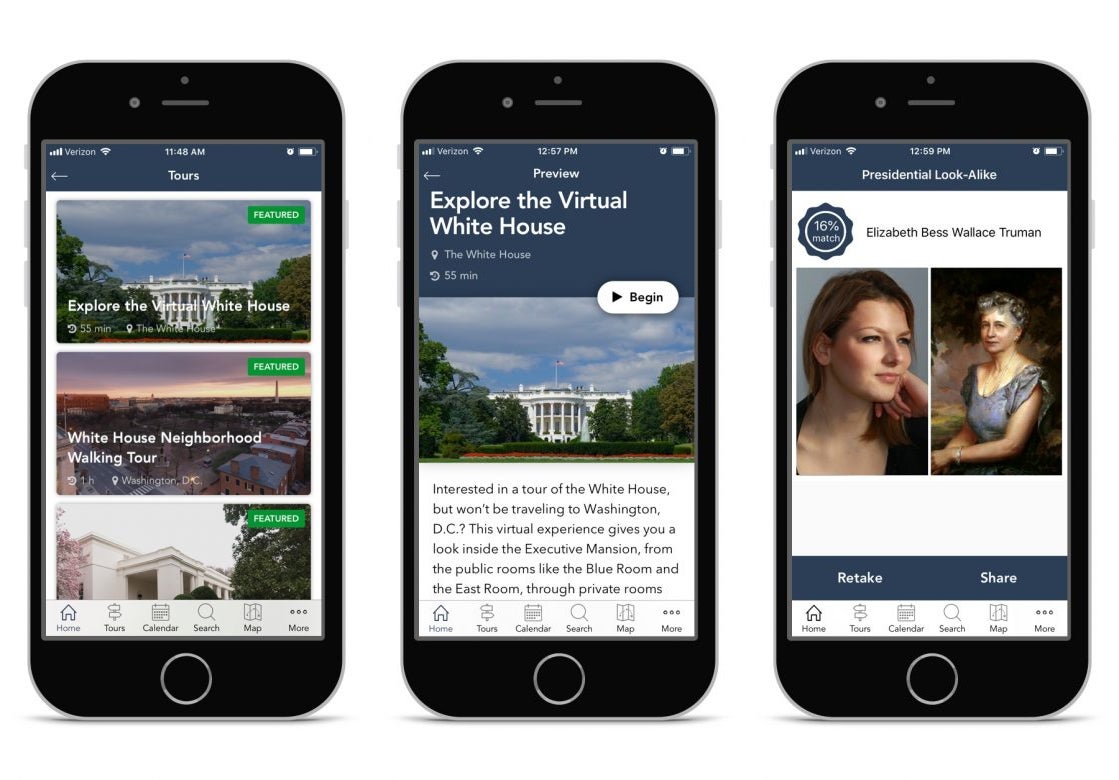
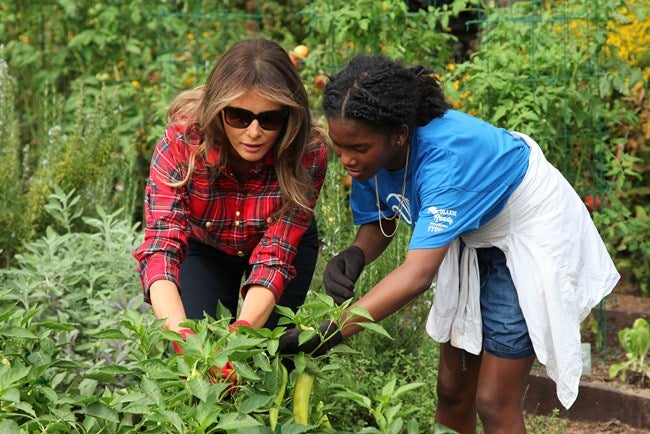
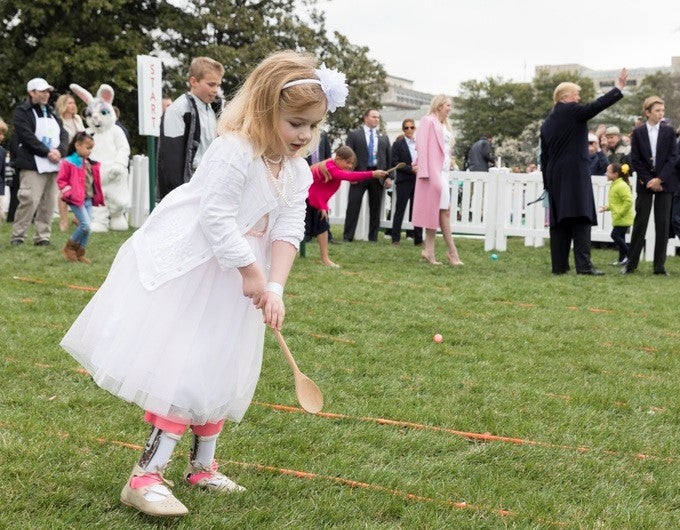
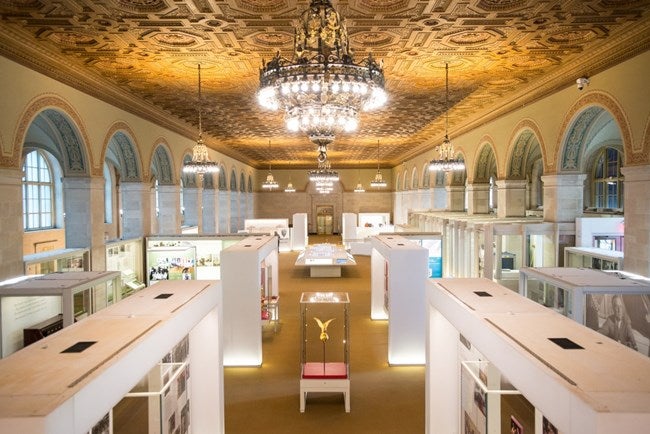
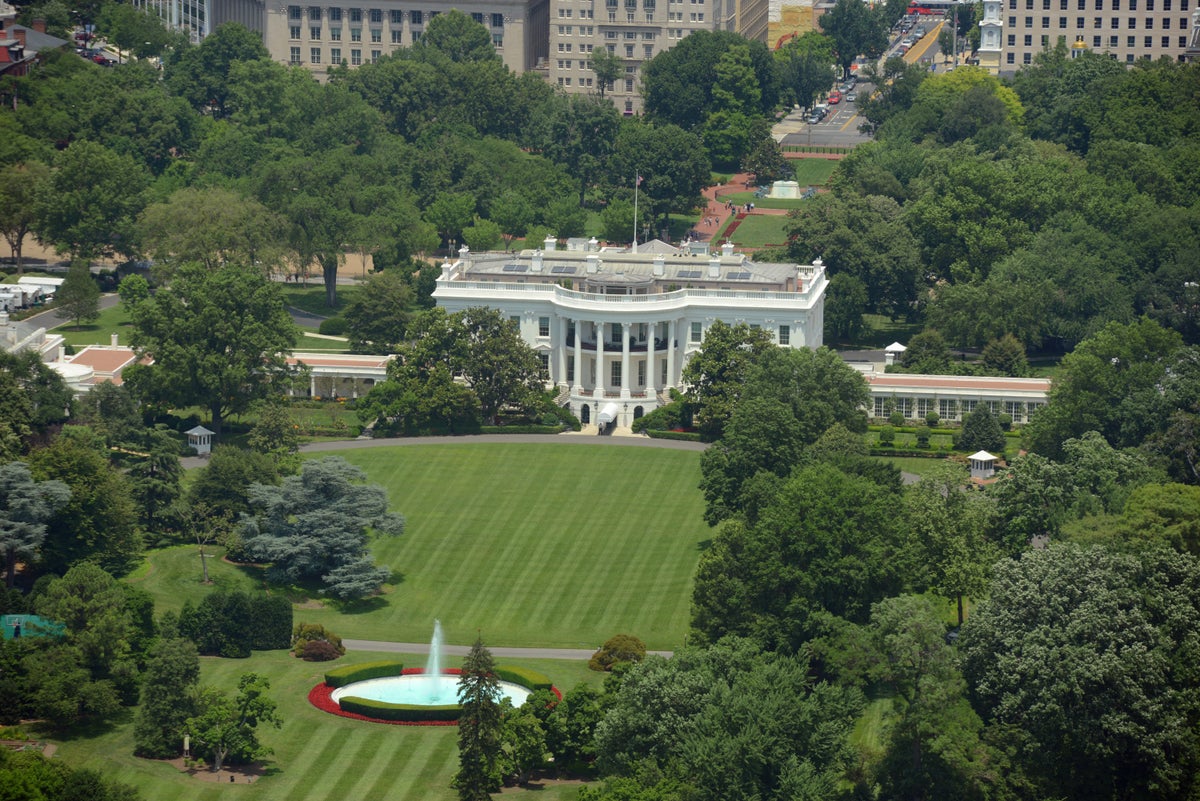
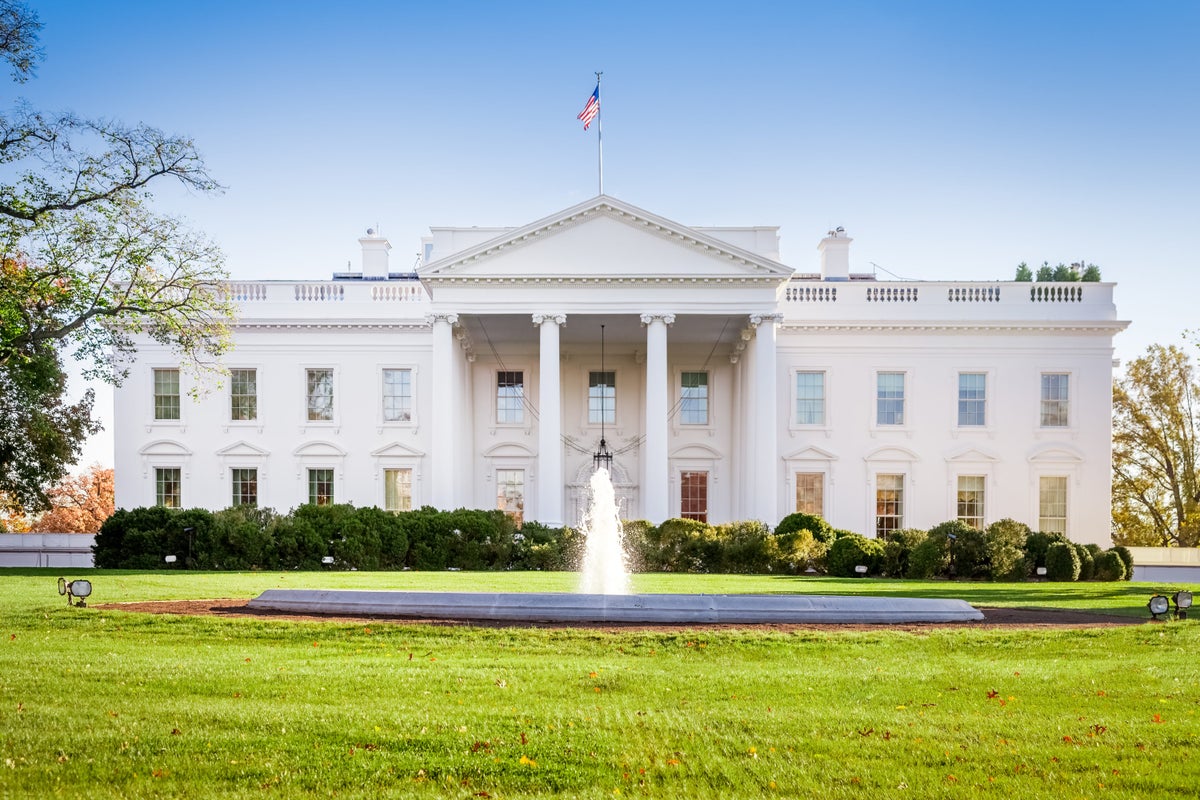
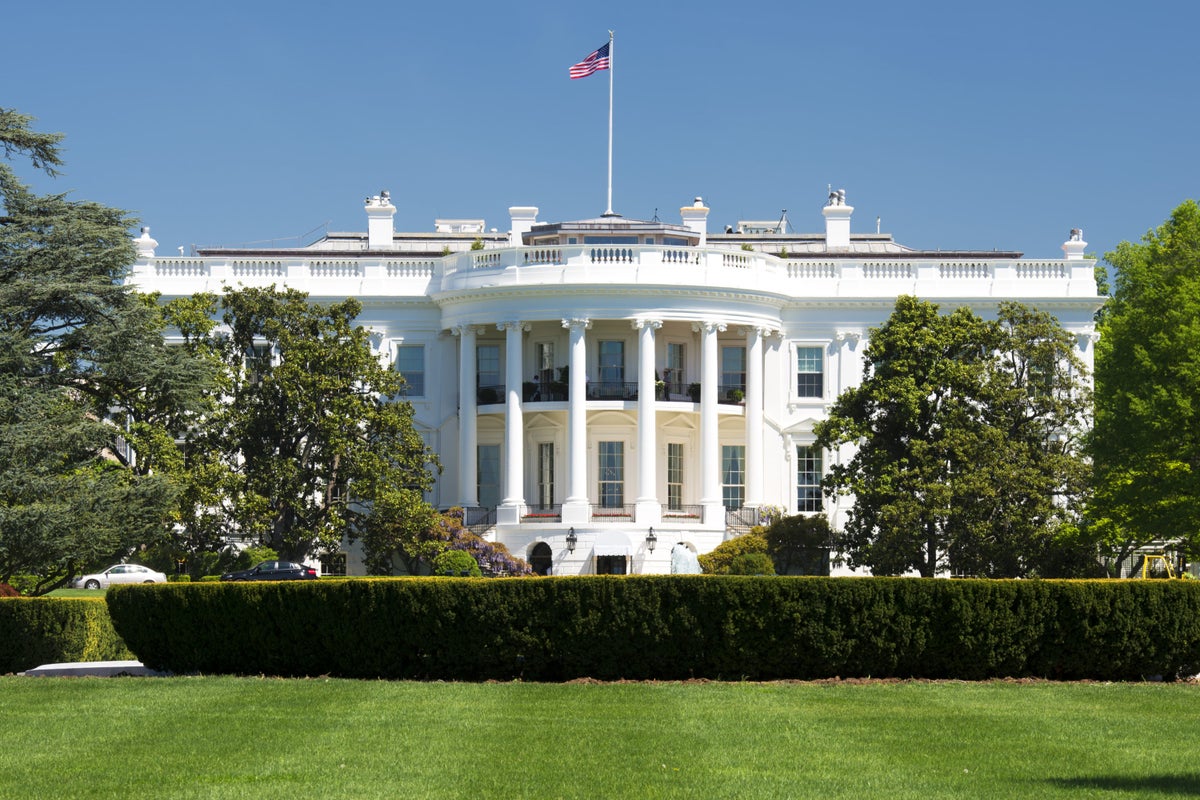
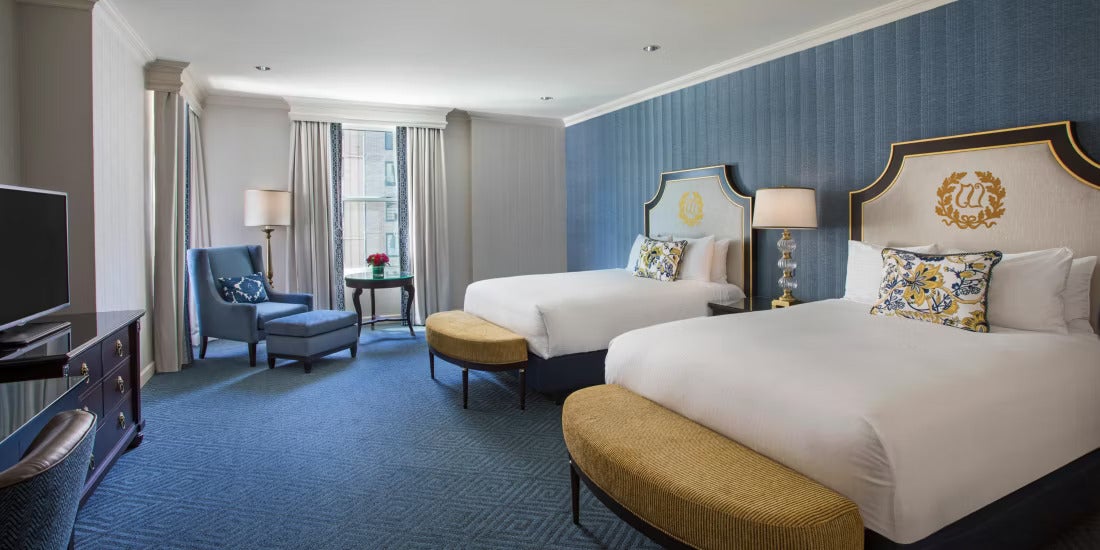
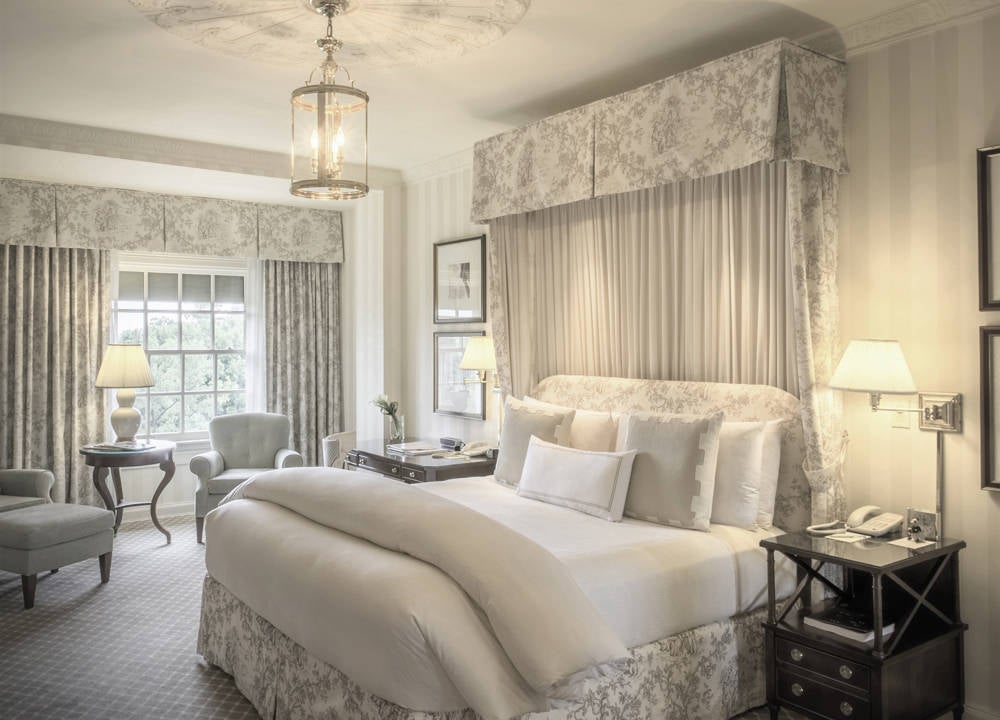
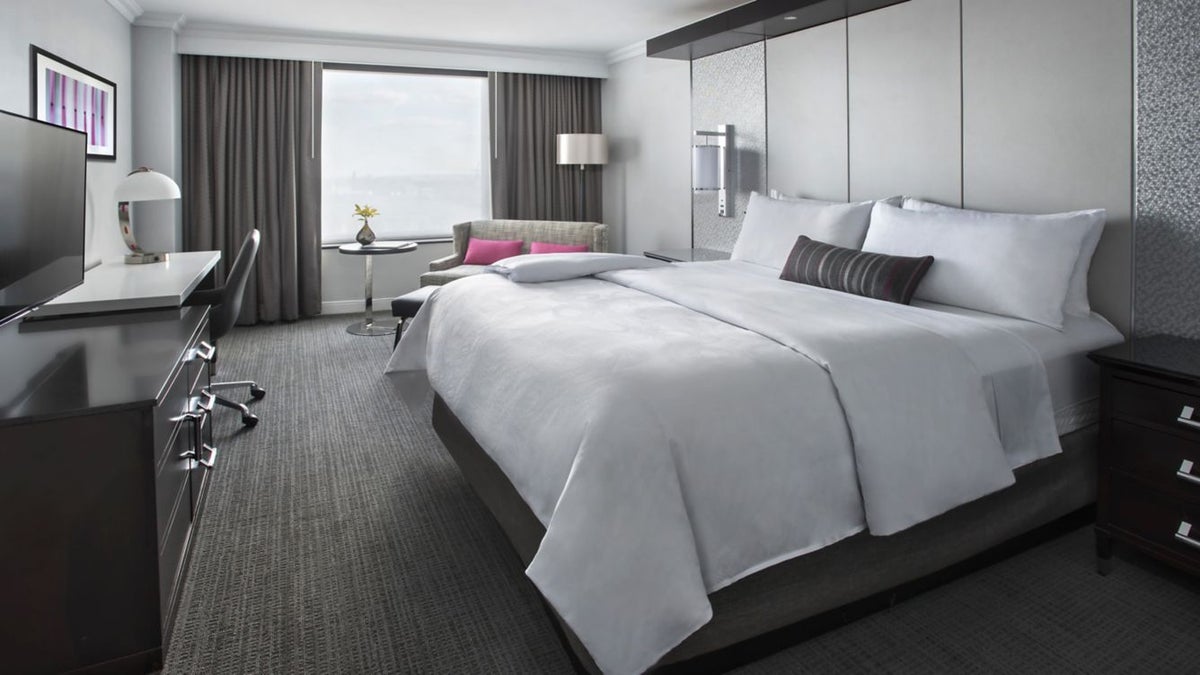
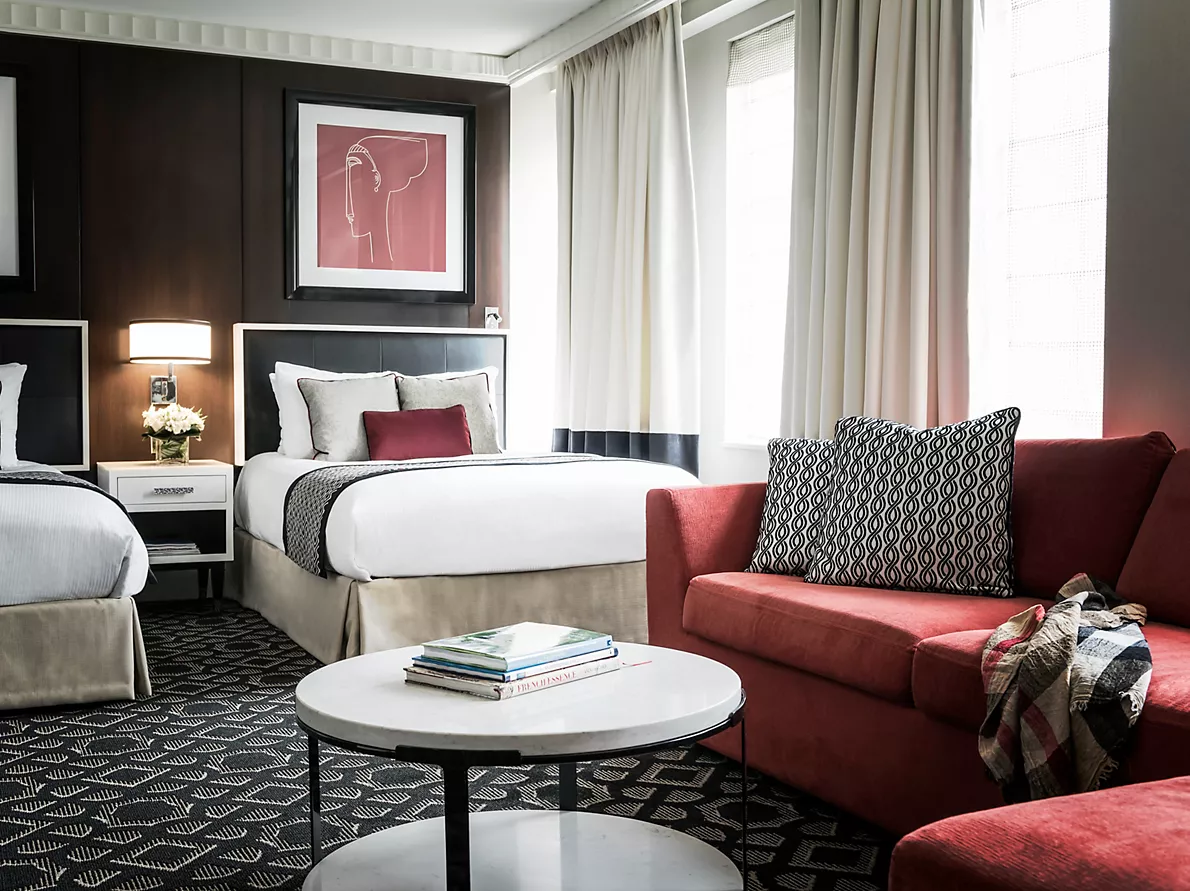
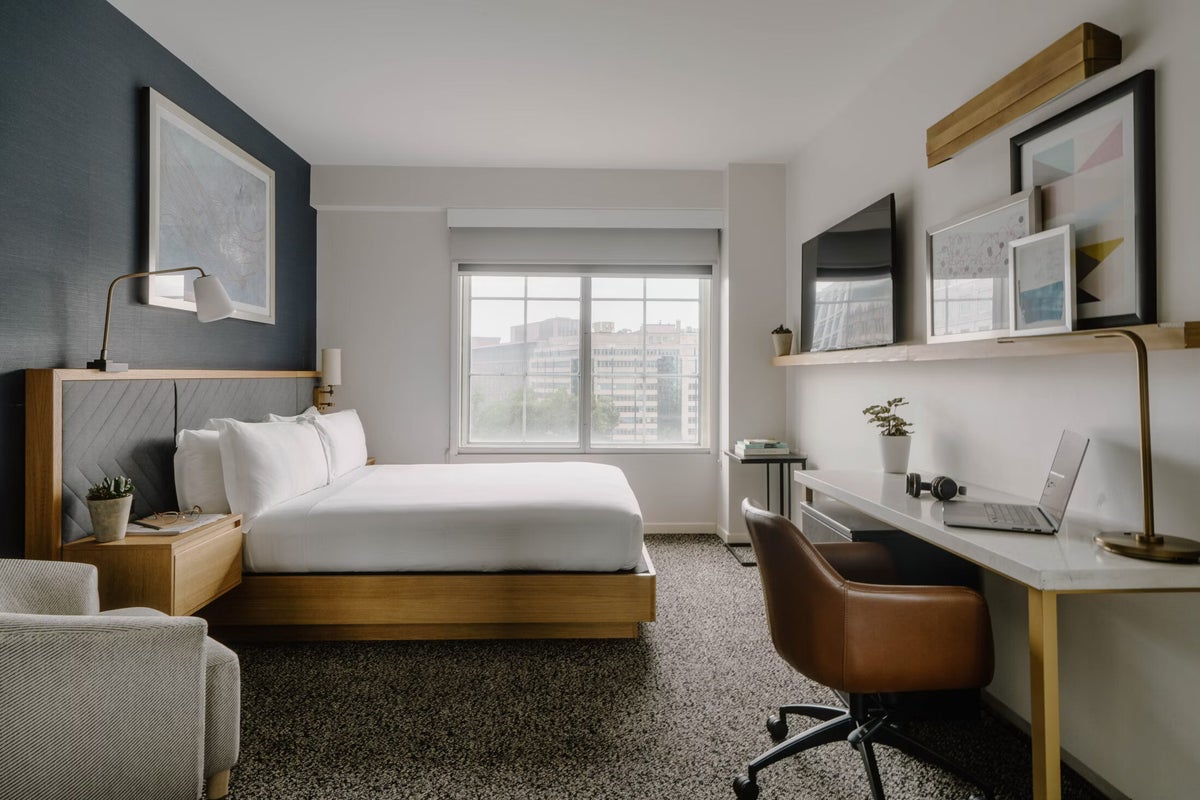
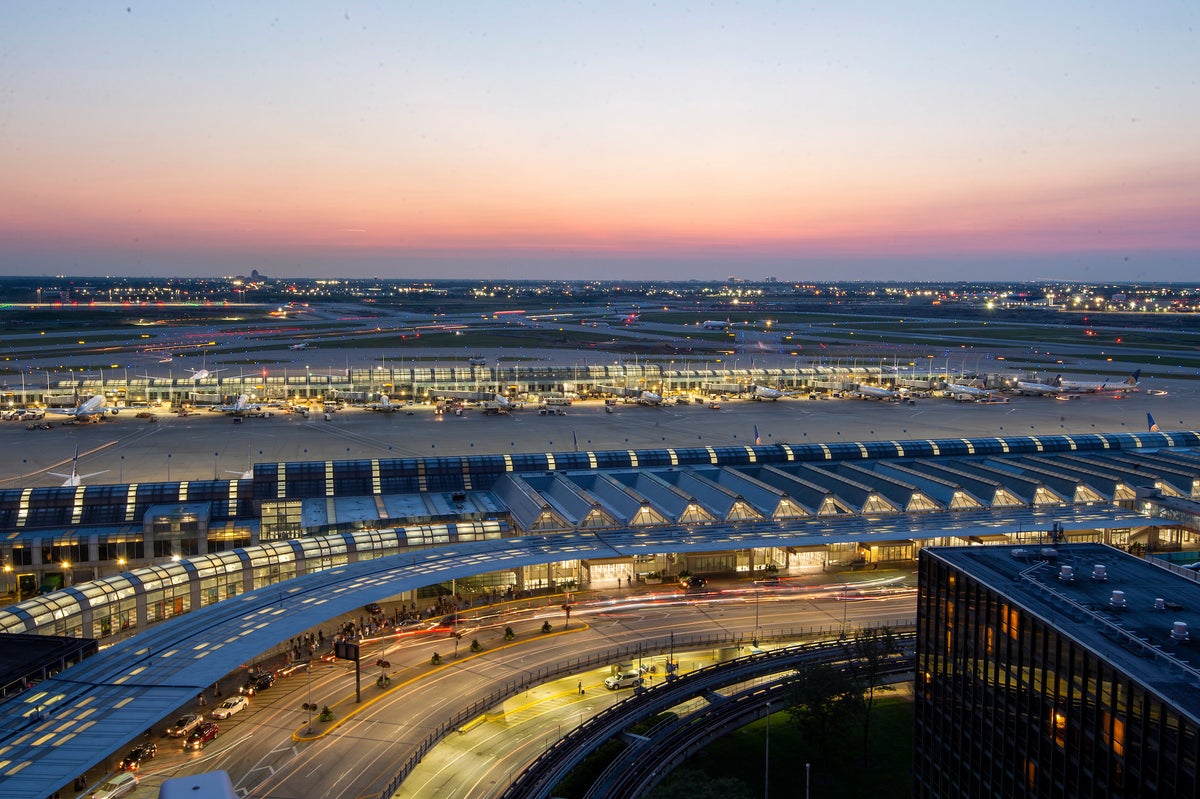
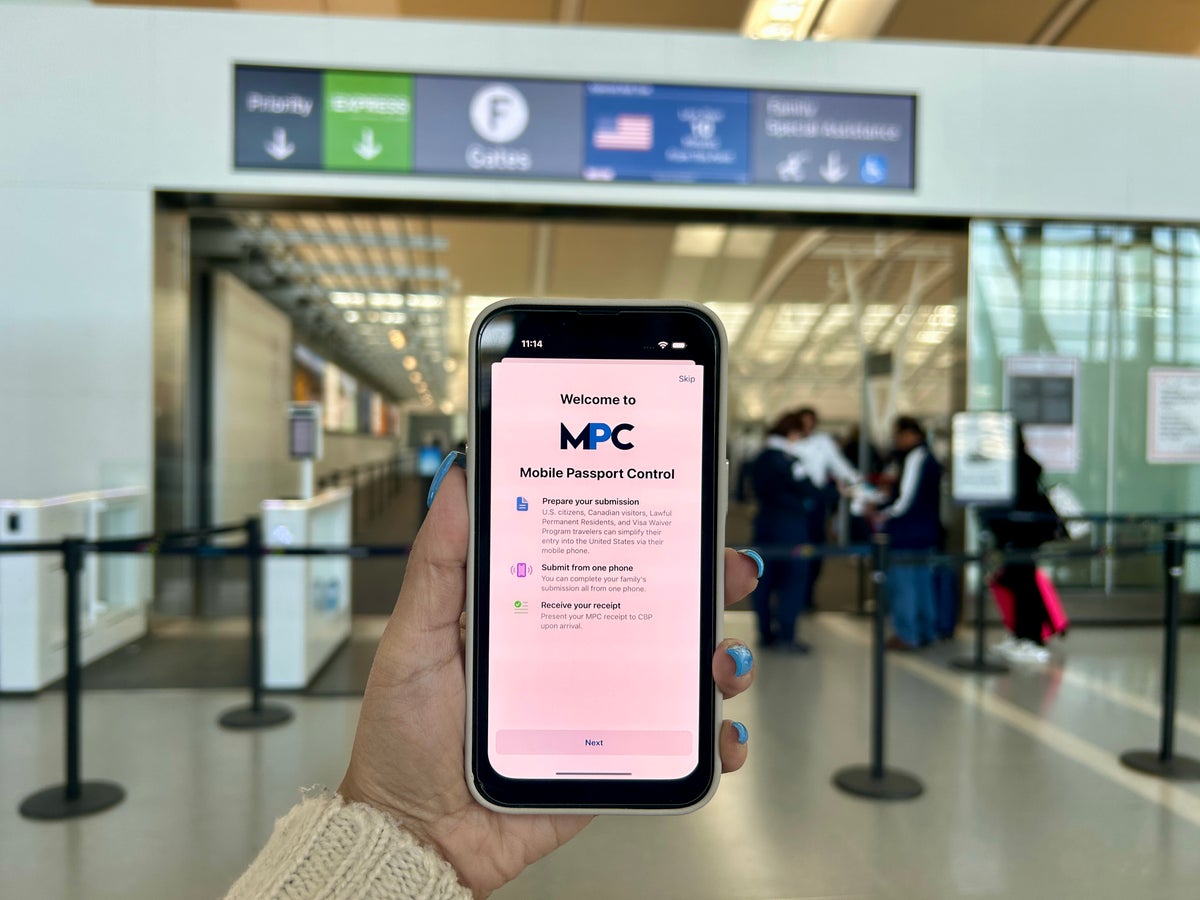
![Guide to Chase Business Checking Accounts [Complete, Performance, Platinum]](https://upgradedpoints.com/wp-content/uploads/2018/06/shutterstock_1029489478.jpg?auto=webp&disable=upscale&width=1200)
![The 10 Best Credit Cards for Price Protection [2025]](https://upgradedpoints.com/wp-content/uploads/2019/01/Capital-One-Savor-Walmart-laptop-Upgraded-Points-LLC.jpg?auto=webp&disable=upscale&width=1200)